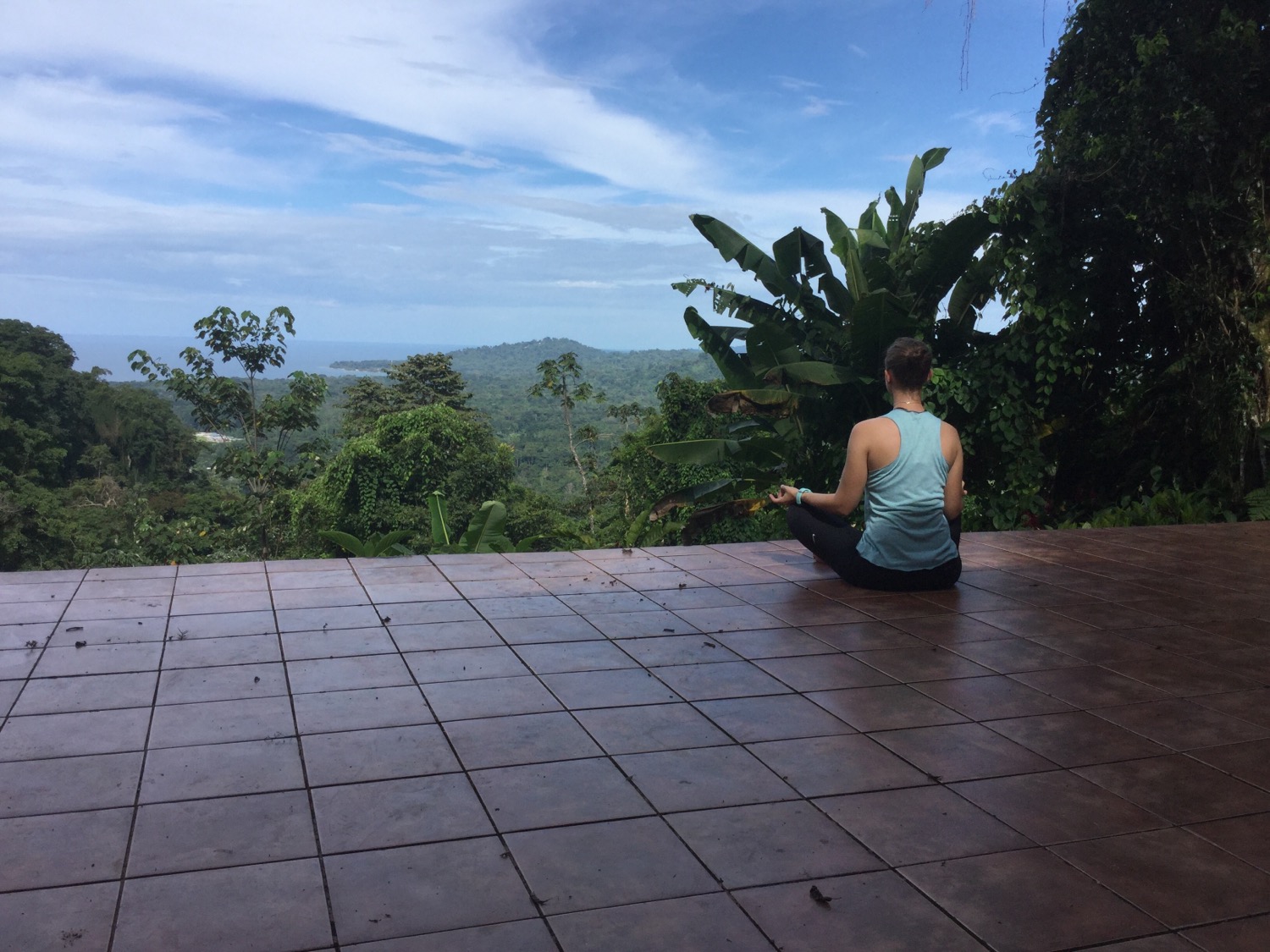002. Understanding Somatic Trauma: Healing Beyond Words
- Arielle Schmidt
- Jun 5
- 3 min read
Updated: Jun 11
When we think of trauma, we often picture emotional pain or difficult memories. But what many don’t realize is that trauma also lives in the body. It can quietly shape how we move, breathe, feel, and even how we relate to others—long after the original experience has passed. This is what we call somatic trauma.
What Is Somatic Trauma?
Somatic trauma refers to the way trauma is stored in the body—impacting the nervous system, posture, muscle tension, and overall physical well-being. It goes beyond cognitive memory and enters the realm of physical sensation: tightness in the chest, chronic pain in the shoulders, restlessness in the legs, a throat that closes up when it's time to speak. These are all examples of the body remembering what the mind has learned to suppress.
When the body doesn’t feel safe, even if your life situation has changed, it continues to operate in fight, flight, freeze, or fawn mode. This can lead to chronic tension, digestive issues, fatigue, or emotional disconnection.
Signs That Somatic Trauma May Be Present
You might be dealing with somatic trauma if you experience:
Recurring physical pain without a clear medical cause
Feelings of being “on edge” or unable to relax
Emotional numbness or difficulty accessing feelings
Trouble setting boundaries or saying no
Breathing patterns that feel shallow or strained
A strong startle response or hypersensitivity to sound or touch
These are the body’s natural attempts to protect you—but healing is possible when we learn to safely reconnect.
Why Talk Therapy Isn’t Always Enough
Traditional therapy is a powerful tool, but some trauma is so deeply embedded in the body that words alone can’t reach it. Somatic trauma healing complements talk therapy by addressing the physiological imprints of trauma—helping the body release what it’s been holding onto, sometimes for years or even decades.
How We Approach Somatic Trauma at Tranquility Rising
At Tranquility Rising, we offer gentle, body-centered sessions that invite you to safely come back home to yourself.
Our Thai Yoga Therapy sessions support somatic trauma healing by combining:
Intentional touch and compression along meridian lines
Breath awareness and grounding techniques
Movement and stretching that restores mobility and regulation
A space for you to notice what your body is saying, without judgment
Each session is guided by your comfort and pace. You don’t need to explain or relive your trauma—we trust that your body already knows what it’s ready to let go of. We simply listen and follow its cues.
Reclaiming Safety, One Session at a Time
The goal of somatic trauma healing isn’t to "fix" you—it’s to create space for integration, where your body and mind can learn to trust each other again. When that happens, you may begin to notice:
Deeper, more natural breathing
A sense of grounding or ease in your body
Emotional clarity or the return of joy
The ability to rest or set boundaries without guilt
These subtle shifts are signs that your nervous system is beginning to regulate—and that your story is being rewritten from the inside out.
Ready to Begin?
If you’ve been carrying tension that no amount of stretching or talking seems to resolve, your body may be asking for something deeper.
Somatic trauma healing at Tranquility Rising offers a compassionate path forward—where the body is heard, respected, and given permission to heal at its own pace.
Book your session with the links below.










Comments